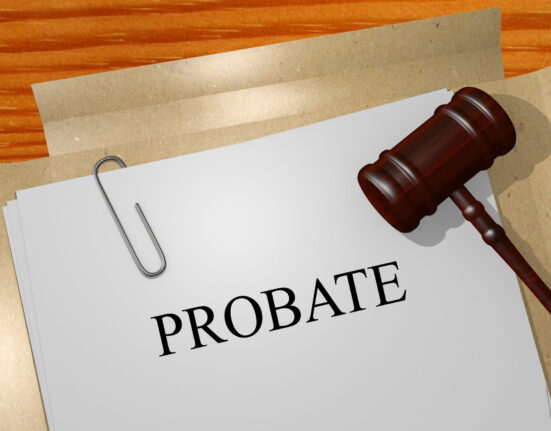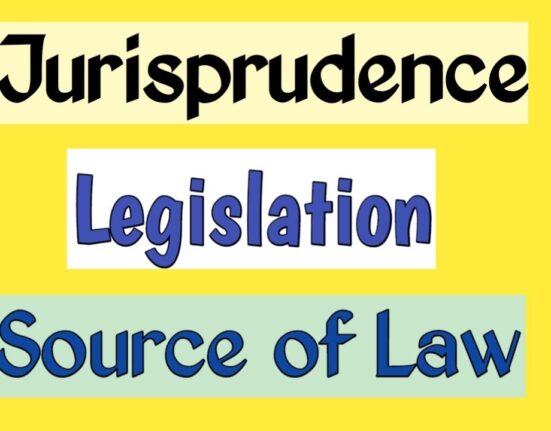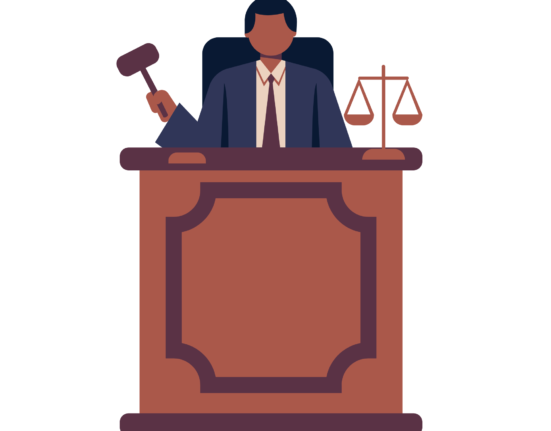The criminal litigation system can be pretty confusing, especially if you have never been involved in a criminal case before. Typically, the litigation process occurs in a series of stages, starting with the commission of a crime and ending with either a conviction or acquittal.
If you have been charged with a crime, it is essential to understand the steps in a criminal case so that you can be prepared for what will happen next.
This blog post discusses the stages or steps involved in criminal litigation and what you can expect at each stage. Read on to learn everything you need to know.
1. Commission of a Crime
The first stage of criminal litigation is the commission of a crime. This is when the alleged offender commits an act considered a crime under the law.
For example, if someone robs a bank, they have committed a crime. Or if someone kills another person, they have also committed a crime. Once a crime has been committed, the police will be notified and begin an investigation.
2. Police Investigation
The second stage of criminal litigation is the police investigation. This is when the police gather evidence to try and identify the offender.
The police will typically interview witnesses, collect physical evidence, and review security footage if available. Once the police have gathered enough evidence, they will make an arrest.
3. Arrest
An arrest only occurs when the police are fully convinced that the person they are arresting has committed a crime.
The police will then take the offender to the police station for booking. During booking, the offender will have their mugshot taken and fingerprinted. The offender will also be asked to provide personal information such as their name, address, and date of birth.
After booking, the offender will either be released on bail or held in custody until their trial.
4. Bail
If the suspect in custody is granted bail, the suspect may choose to pay the bail amount in exchange for their temporary release. The judge sets the bail amount and is based on a number of factors, such as the severity of the crime and the likelihood of the suspect fleeing.
If the suspect does not have enough money to pay the bail amount, they can contact a bail bondsman. The bail bondsman will post bail on behalf of the suspect in exchange for a fee.
5. Arraignment
During an arraignment, the suspect makes the first appearance in court. The prosecutor will present the charges against the suspect, and the judge will set the bail amount (if bail has not been previously set).
The suspect will then enter a plea of guilty or not guilty. If the suspect pleads not guilty, their case will move to the next stages or steps of the criminal case.
6. Pretrial
The next stage of criminal litigation is the pretrial phase. This is when the prosecutor and defense attorney prepare for trial.
The primary purpose of this stage is to ascertain whether the suspicion of committing a crime by a particular individual is fully justified and to what extent.
During this stage, the attorney may file motions, conduct discovery, and interview witnesses. Both sides will investigate the case, interview witnesses, and collect evidence. The goal of the pretrial phase is to be fully prepared for trial.
Typically, the outcome of the whole criminal proceedings will largely depend on what happens during the pretrial phase. The defendant can negotiate with the public prosecutor on a possible plea bargain at this stage.
7. Trial
The final stage of criminal litigation is the trial. This is when both sides present their evidence and argue their case before a judge or jury.
The prosecution will go first, presenting their evidence against the defendant. The defense will then have an opportunity to cross-examine the prosecution’s witnesses.
After the prosecution rests its case, the defense will present its case. The prosecution will then have an opportunity to cross-examine the defense’s witnesses.
The trial is usually done in the presence of all members of the judicial panel, a public prosecutor, and a record clerk. The presence of the defendant is also essential, but, in some cases, the defendant may waive their right to be present.
8. Sentencing
Once both sides have presented their cases, the judge or jury will deliberate and reach a verdict of guilty or not guilty.
If the defendant is found guilty, the judge will sentence the defendant. The sentence will be based on the severity of the crime and any aggravating or mitigating factors.
The sentence can range from probation to imprisonment. If the defendant is sentenced to prison, they will be transferred to a correctional facility to serve their sentence.
9. Appeal
If the defendant is found guilty and is not satisfied with the verdict, they can file an appeal. An appeal is a request for a higher court to review the case.
The appellate court will review the record of the trial to see if there were any errors made. If the appellate court finds that there was an error made, they can reverse the verdict or order a new trial.
If the appellate court finds that there was no error made, they will affirm the verdict. The defendant can then file a writ of habeas corpus if they believe they are being held unlawfully.
10. Execution Proceedings
If the defendant is sentenced to death, the state will carry out the sentence. The method of execution will depend on the state in which the sentence is being carried out.
The most common methods of execution are lethal injection and electrocution. In some states, the gas chamber or firing squad is also used.
The defendant will have the opportunity to file appeals and petitions for clemency up until the day of their execution.
Summary
Criminal litigation is a complex process that can be difficult to understand. This blog post has aimed to provide an overview of the different steps in a criminal case, from the commission of the crime to sentencing and appeal.
We hope this information is helpful and provides some clarity for those affected by criminal proceedings. If you have any questions or need legal assistance, please don’t hesitate to contact us.
Author
This article is written by Naphtal. He is the brand manager at Legal Giant and a highly experienced content writer. Legal Giant is a leading lawyer referral site with clients all over the U.S. When Naphtal is not working, he enjoys spending time with his son and exploring nature
![]()







Leave feedback about this